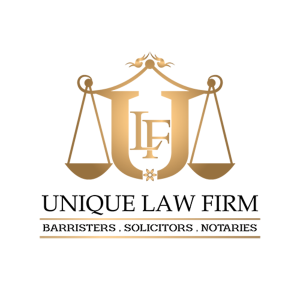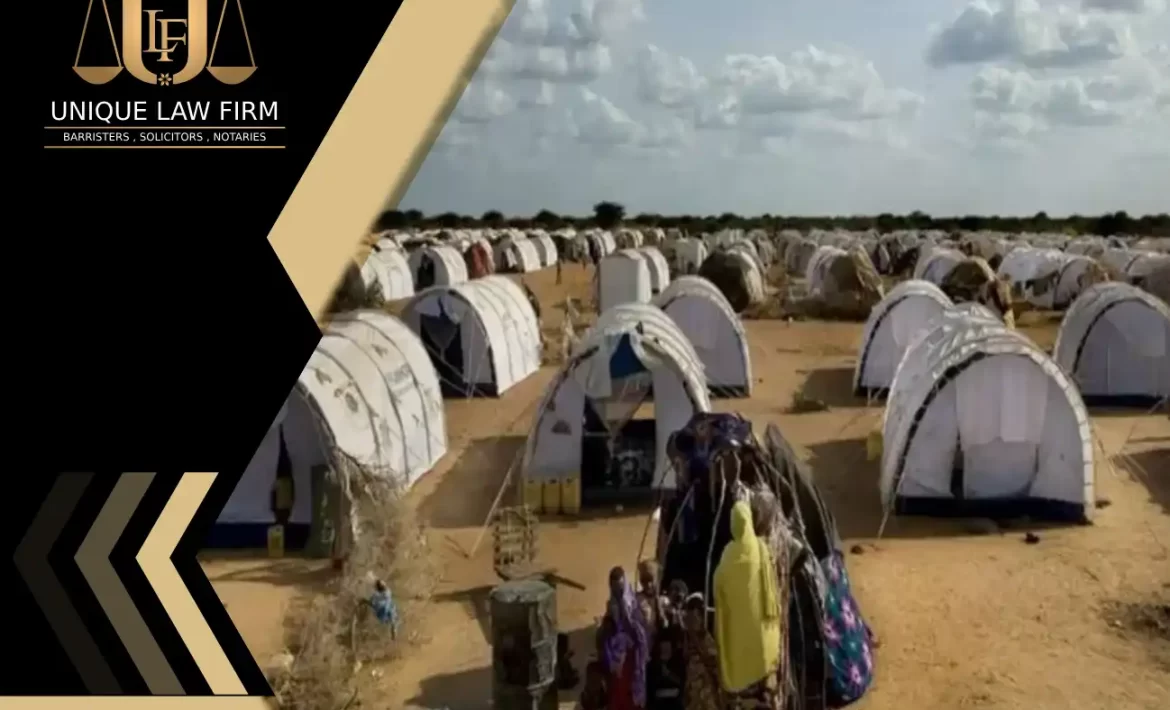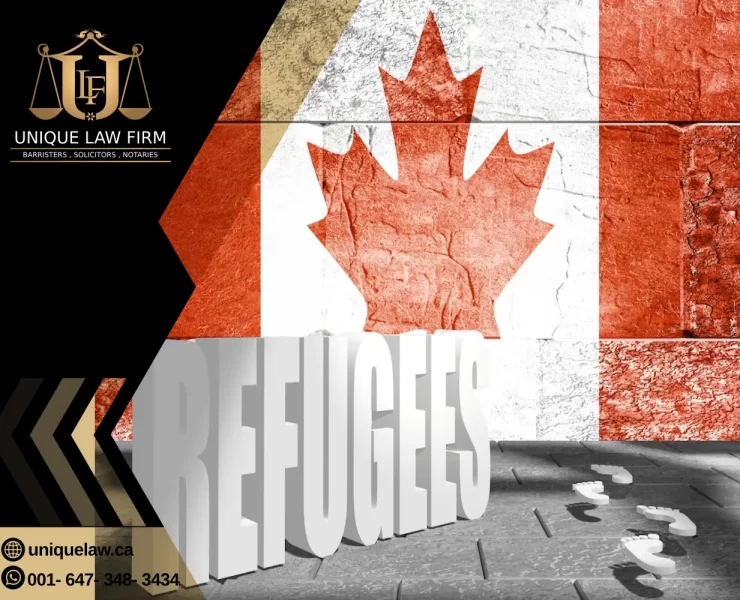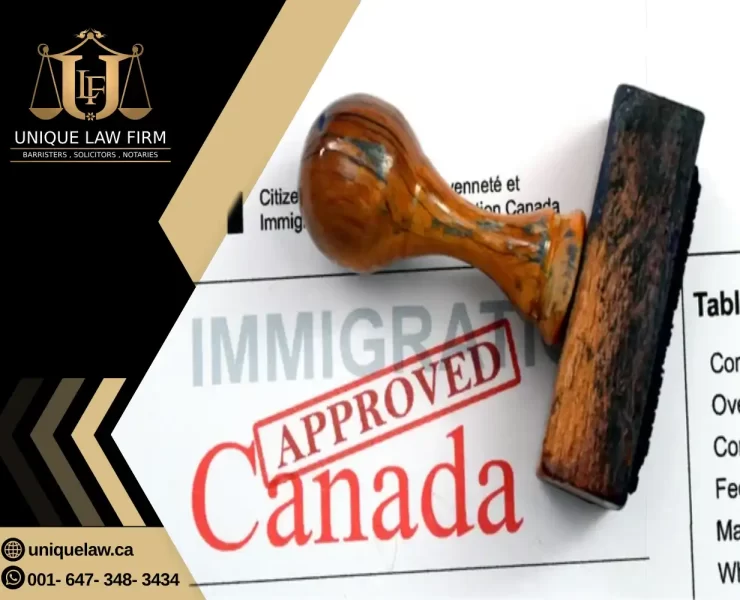What Happens After You Claim Asylum in Canada?
When you claim asylum in Canada, the process begins with an examination at a designated port of entry or an online application if you are already in the country. Canadian law requires that all individuals seeking entry undergo an examination by immigration officials to determine whether they have the right to enter or stay in Canada.
The Canada Border Services Agency (CBSA) is responsible for conducting these examinations at official points of entry, ensuring border security, and assessing whether individuals meet the requirements for entry. If someone enters Canada irregularly (without passing through an official entry point), the Royal Canadian Mounted Police (RCMP) intervenes, arresting and screening individuals for security and immigration purposes.
Making an Asylum Claim in Canada
Asylum seekers can make a refugee claim either at the border upon arrival or online from within Canada. Officials from CBSA or Immigration, Refugees, and Citizenship Canada (IRCC) will evaluate whether the claimant is eligible for a hearing with the Immigration and Refugee Board (IRB). Eligibility is determined by factors such as criminal history, previous refugee claims in Canada, or protection granted in another country.
It’s important to note that there is a distinction between refugee claimants and resettled refugees. Asylum seekers make their claims after arriving in Canada, whereas resettled refugees are chosen from abroad and go through thorough security and health checks before arriving as permanent residents. The processes for refugee claimants and resettled refugees are entirely separate and do not overlap.
All asylum seekers in Canada undergo thorough health and security screenings, including biometric checks and criminal background reviews.
Eligibility and the Refugee Claim Process
If your claim is deemed eligible, it will be referred to the Refugee Protection Division of the IRB for a hearing. While waiting for the hearing, individuals are typically released under specific conditions. If the refugee claim is rejected, removal proceedings may begin, but there are options to appeal the decision or request a judicial review.
Asylum seekers in Canada have access to social services, such as healthcare, education, and work permits (after completing a medical examination), while their claims are being processed. These services are administered by provincial governments, but financial support is provided through federal programs like the Interim Federal Health Program and the Canada Social Transfer.
Outcomes of an Asylum Claim
A successful claim results in protected person status, allowing individuals to stay in Canada and eventually apply for permanent residency. Individuals who receive a positive Pre-Removal Risk Assessment (PRRA) decision are also granted protected status. Protected persons are eligible for settlement services such as language classes, employment support, and integration programs to help them adapt to life in Canada.
If the claim is rejected, individuals have the right to appeal or request a judicial review. However, if all legal avenues are exhausted, a removal order will be issued, and the Canada Border Services Agency will enforce it. Individuals who fail to comply with removal orders may be detained until their removal is carried out.
Refuge in Canada uniquelaw
Seeking Refuge in Canada
Canada remains committed to upholding international human rights obligations for asylum seekers. Those who meet the criteria for protection are provided a fair and transparent process to have their claims assessed.
In summary, claiming asylum in Canada involves a formal process of assessment, security checks, and a hearing before the IRB. If successful, it offers protection and a path to permanent residency, while ensuring access to essential services during the process.

